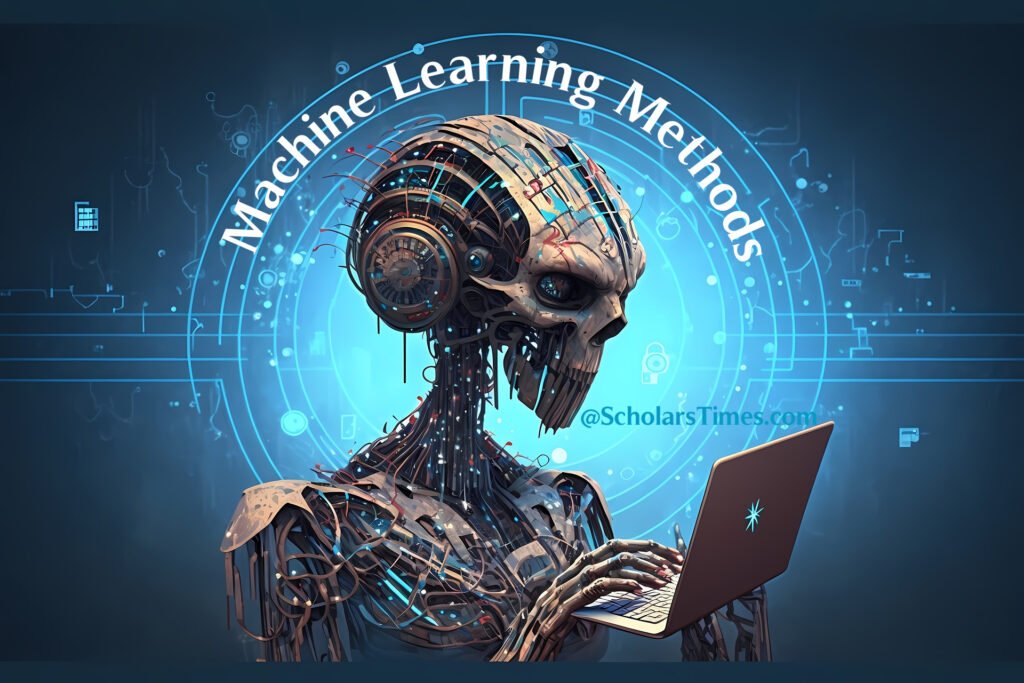Machine Learning Methods
3 min read
Machine learning (ML) uses statistical techniques to enable computer systems to learn from data, and make predictions or decisions without being explicitly programmed. In this article, four following main categories of machine learning methods are being discussed.
Supervised Learning:
Supervised learning involves training a model using a labeled dataset, in which each example is associated with a known output or target value. The goal is to learn a mapping between input features and output labels, and use this mapping to make predictions on new, unseen data.
- Example of Supervised Learning include image classification, spam filtering, and predicting stock prices. In a study conducted by Nguyen et al. (2021), a supervised learning model was developed to detect COVID-19 from chest X-ray images. The model achieved an accuracy of 96.05% on the test set.
Unsupervised Learning:
This method involves training a model on an unlabeled dataset, in which the output or target value is unknown. The goal is to learn meaningful patterns or structures in the data, such as clustering similar data points together or identifying latent variables that underlie the data.
- Examples of unsupervised learning include anomaly detection, recommendation systems, and data compression. In a paper by Deng et al. (2021), an unsupervised learning approach was proposed to detect deepfake videos using a technique called self-supervised contrastive learning. The model achieved state-of-the-art results on several benchmark datasets.
Semi-Supervised Learning:
This method of ML entails training a model using a combination of labeled and unlabeled data. The goal is to leverage the unlabeled data to improve the model’s performance on the labeled data. Semi-supervised learning is useful when obtaining labeled data is expensive or time-consuming, but unlabeled data is abundant.
- Example of Semi-Supervised Learning: It includes speech recognition, text classification, and object detection. Voulodimos et al. (2021) study on semi-supervised learning approach proposed to improve the performance of object detection models using a combination of labeled and unlabeled data. The approach achieved state-of-the-art results on several benchmark datasets.
Reinforcement Learning:
Model is trained to make decisions in a dynamic environment, where the model receives feedback in the form of rewards or penalties based on its actions. The goal is to learn a policy that maximizes the cumulative reward over time.
- Example of Reinforcement Learning: It includes, game playing, robotics, and autonomous driving. Huang et al. (2021) research said learning method for controlling the behavior of swarm robots in a cooperative task. The approach achieved better performance than hand-designed controllers on several benchmark tasks.
References:
- Deng, H., Zhang, X., & Wang, X. (2021). Deepfake detection using self-supervised contrastive learning. IEEE Transactions on Information Forensics and Security, 16, 1700-1715.
- Huang, S., Guo, D., Liu, J., & Wang, J. (2021). Reinforcement learning based distributed control for cooperative task in swarm robotics. IEEE Transactions on Cybernetics, 51, 4346-4356.
- Nguyen, T. T., Nguyen, T. H., Nguyen, T. T., & Luu, L. M. (2021). Deep learning-based detection of COVID-19 using chest X-ray images. Journal of Healthcare Engineering, 2021, 1-12.
- Voulodimos, A., Doulamis, N., Doulamis, A., & Protopapadakis, E. (2021). Semi-Supervised Learning for Object Detection Using Unlabeled Data: A Review. IEEE Transactions on Pattern Analysis and Machine Intelligence, 43(1), 192-208.




